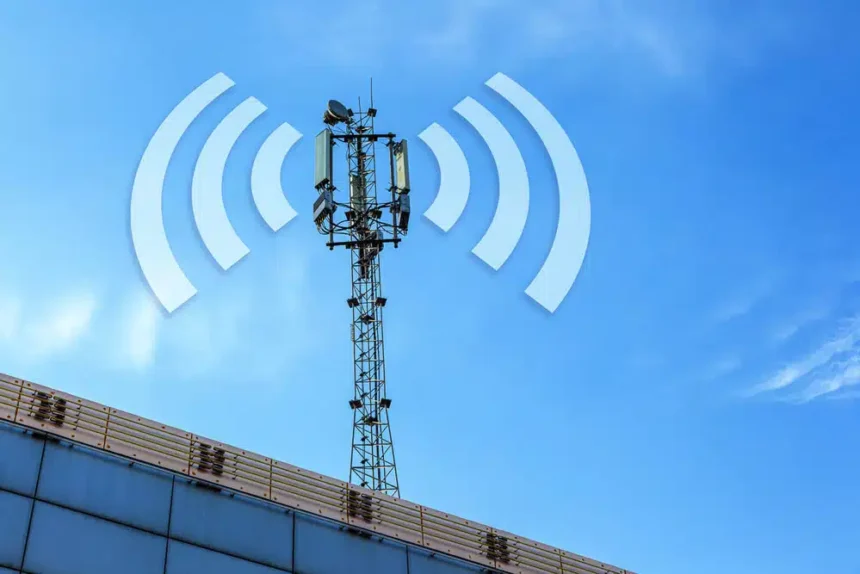When emergencies strike, every second counts. Whether it’s a fire in a high-rise, a medical emergency in a hospital, or a security incident in a shopping mall, first responders depend on clear and uninterrupted communication to coordinate efforts and save lives. However, in many modern buildings, strong cellular or radio signals do not always reach critical areas such as basements, stairwells, or interior rooms. This communication gap can delay response times and compromise safety.
This is where DAS Antenna technology becomes essential. A Distributed Antenna System (DAS) is designed to provide complete signal coverage inside buildings by distributing wireless signals through a network of antennas. These antennas capture, amplify, and retransmit signals to ensure that communication remains strong and stable, even in hard-to-reach zones.
Why DAS Antennas Are Critical for Emergency Communication
Traditional wireless networks often fail to penetrate materials like reinforced concrete, metal, and low-emissivity glass. These materials are common in energy-efficient, modern construction but can block or weaken signals. A DAS Antenna solves this issue by bringing the signal indoors, dividing coverage across multiple zones to maintain consistent strength throughout the structure.
For first responders, this is not just about convenience but compliance. Many jurisdictions now require buildings to meet Emergency Responder Communication Enhancement System (ERCES) codes to ensure public safety communication works flawlessly during emergencies. A properly installed DAS ensures that fire, police, and medical personnel can communicate without interruption, no matter where they are in the building.
DAS Antennas and Code Compliance
Fire and building codes such as the International Fire Code (IFC) and the National Fire Protection Association (NFPA) standards mandate that large buildings must support reliable public safety radio coverage. A DAS system, equipped with the right DAS Antennas, helps property owners meet these requirements.
Beyond compliance, these systems add lasting value to a property by improving safety and demonstrating a proactive commitment to community welfare. Many reputed integrators, including bdamax.com, specialize in designing and installing DAS solutions that meet ERCES standards and pass inspections without complications.
Choosing the Right DAS Partner
Implementing a DAS is not simply a matter of installing antennas. It requires precise planning, testing, and engineering to ensure the system aligns with the building’s design, materials, and usage patterns. Trusted providers like Maximum Communication have experience working across diverse environments, from hospitals and educational institutions to commercial high-rises, helping clients overcome coverage challenges with customized solutions.
The Future of Reliable Building Communication
As cities grow denser and buildings become more complex, the importance of DAS Antenna systems will only increase. These technologies are not just improving connectivity but ensuring that life-saving communication systems function when they matter most.
A well-designed DAS network can mean the difference between a quick, coordinated emergency response and a communication breakdown. For property developers, facility managers, and safety engineers, investing in the right DAS solution is an investment in safety, compliance, and peace of mind.









